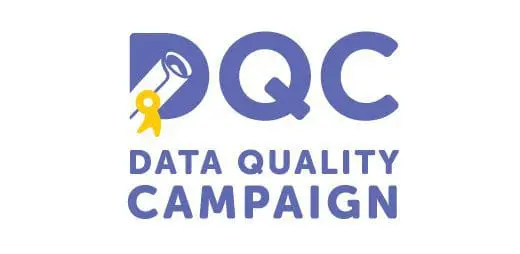This post is by Alex Seeskin (Chief Strategy Officer of the University of Chicago Urban Education Institute and UChicago To&Through Project Director), Jenny Nagaoka (Deputy Director of the UChicago Consortium), and Sarah Duncan (Co-Executive Director of the University of Chicago Network for College Success)
In 2006, fewer than 2 in 3 students who entered Chicago Public Schools (CPS) as freshmen graduated from high school. Of those who did earn a diploma, only a third went on to enroll in a four-year college. The outcomes were even worse for African American and Latino male graduates. Now, just more than a decade later, Chicago’s high school graduation rate has climbed 18 percentage points, to 75 percent, and its college enrollment rate rose 14 percentage points to 47 percent, a number slightly higher than the nation’s college enrollment rate of 46 percent. The college enrollment rates for African American and Latino male students increased 14 and 13 points, respectively.
This progress has been spurred by the To&Through Project, a public-private partnership between CPS and the University of Chicago that began more than a decade ago. Through this initiative, The University of Chicago Consortium on School Research (UChicago Consortium) and Network for College Success (NCS) bring research, data, and professional learning to the district’s 85 high schools, which serve over 65,000 students combined. All of this work is done with the goal of helping more students reach key high school and college attainment milestones.
Historically, data on the milestones that matter most for students’ high school and college success have not been widely accessible or centralized. The To&Through Project’s online tool makes Chicago’s district- and school-level data on key milestones publicly available in one, online hub. The tool also links high schools to their students’ college outcomes for the first time, providing educators, families, and the public with a fuller picture of students’ educational progress, from ninth grade through college graduation.
A broad range of education stakeholders—from principals and teachers to community leaders and families—are using the tool to see how the district fares on helping students reach these milestones, making comparisons across schools or between subgroups of students within a school. They can use the tool to answer questions like: What percentage of graduates at a given CPS school enroll in college? Are there differences between male and female students? Where do most graduates at a CPS school enroll in college? And how many graduates from a CPS school who enroll in college persist through their first year or two?
One case in point: When leaders from Chicago’s Nicholas Senn High School examined their 2014 student attainment data, they found high school graduation rates had increased for four consecutive years. Still, just 52 percent of their non-international baccalaureate program students had enrolled in college and many of those who did enroll chose colleges for which they were academically overqualified.
Ms. Mary Beck, Senn High School’s principal, recounted, “Many of our students were leaving and going to universities where they would probably do okay, but they may be much more successful at different institutions. We started really digging in, using the To&Through online tool, using the data at our disposal, and having more targeted conversations with students. And I think that’s how we got the more than 15 percentage point rise in our college enrollment.” In just two years, the high school’s college enrollment rate has increased by 20 points, from 52 percent in 2014 to 72 percent in 2017.
To foster more improvement like this, CPS and NCS host quarterly To&Through Institutes. The institutes help high school leaders from across Chicago translate research on what fosters high school and college attainment into improved practice. Nearly 400 school leaders from 100 high schools across the district attended the last institute. The To&Through Project also develops toolkits designed to help school leaders make data on what matters most for students’ success accessible to their staff, students, and families.
One of the most important lessons from our work is that making district- and school-level student attainment data accessible to educators and the broader public can spur rich, substantive conversations about where to focus improvement efforts. But access to data, on its own, won’t yield substantive gains in student attainment. We need research to illuminate the data that matter most and professional learning that supports educators in translating research and data to improved practice. This combination of research, data, and professional learning has yielded dramatic gains in Chicago students’ high school and college attainment, and it will continue to power progress in the years to come.
This blog post is also available as a story on Medium.


